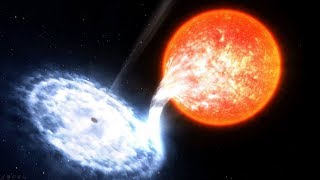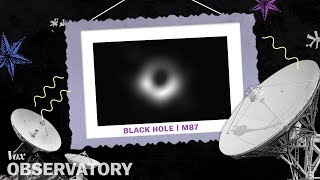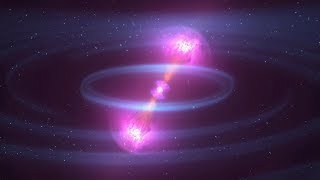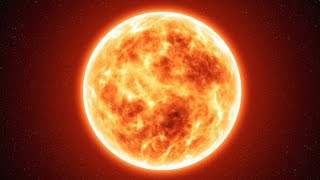Thursday, 25 December, 2025г.
















Где искать: по сайтам Запорожской области, статьи, видео ролики
пример: покупка автомобиля в Запорожье
Black Hole Eats a Star - Causes Massive Explosion | Video
More space news and info at: http://www.coconutsciencelab.com - an extraordinarily brilliant point of light seen in a distant galaxy, dubbed ASASSN-15lh, was thought to be the brightest supernova ever seen. But new observations from several observatories, including ESO, have now cast doubt on this classification.
Instead, a group of astronomers propose that the source was an even more extreme and very rare event — a rapidly spinning black hole ripping apart a passing star that came too close.
In this scenario, the extreme gravitational forces of a supermassive black hole, located in the center of the host galaxy, ripped apart a Sun-like star that wandered too close — a so-called tidal disruption event, something so far only observed about 10 times.
In the process, the star was “spaghettified” and shocks in the colliding debris as well as heat generated in accretion led to a burst of light. This gave the event the appearance of a very bright supernova explosion, even though the star would not have become a supernova on its own as it did not have enough mass.
In the above video animation, a Sun-like star gets into the area of influence of a rapidly spinning supermassive black hole in the center of a distant galaxy. While its orbit gets constantly closer to the black hole the star gets “spaghettified,” creating an accretion disc around the supermassive black hole.
When it finally gets ripped apart close to the event horizon it creates a bright flash, that could resemble a superluminous supernova.
In the simulation that follows, both the front and side views of the developing accretion disc are shown.
Please rate and comment, thanks!
Credit: ESO, ESA/Hubble, M. Kornmesser, N. Stone, K. Hayasaki
Теги:
European Southern Observatory ESO Space Science black hole star supermassive supernova superluminous event horizon explosion High Definition Video coconutsciencelab ASASSN-15lh video
Похожие видео
Мой аккаунт


 У вашего броузера проблема в совместимости с HTML5
У вашего броузера проблема в совместимости с HTML5


